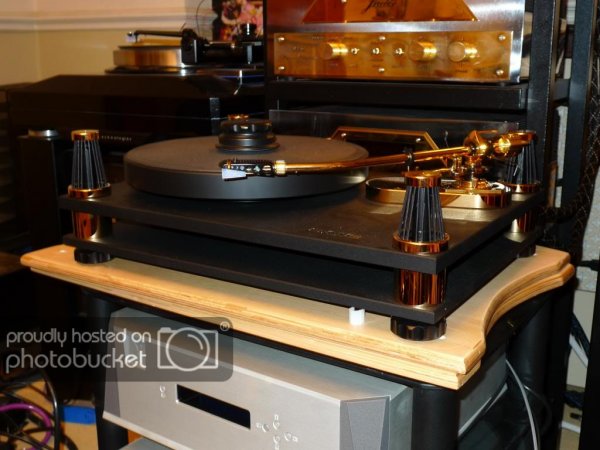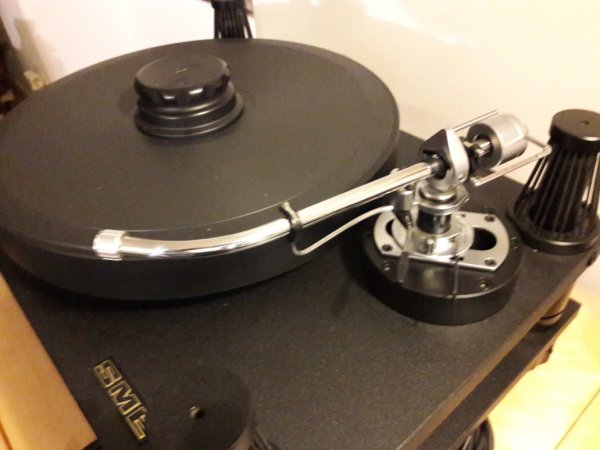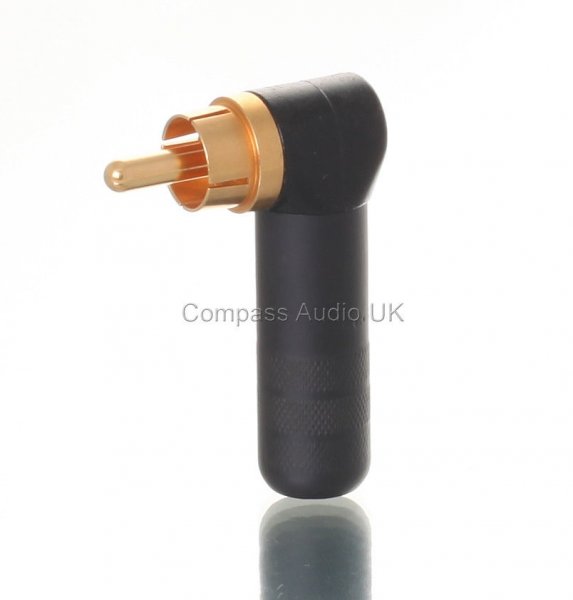I know this old arm is good but I don’t know why David,Rockitman,Tang,Ron,Mike
Use or will use having top tonearm like Sat,EliteAxiom,Black Beauty,Durand
Why 3012 is so special?
I never had and I don’t understand
Only to know for my curiosity
Regards
Gian
Use or will use having top tonearm like Sat,EliteAxiom,Black Beauty,Durand
Why 3012 is so special?
I never had and I don’t understand
Only to know for my curiosity
Regards
Gian
Last edited by a moderator:






